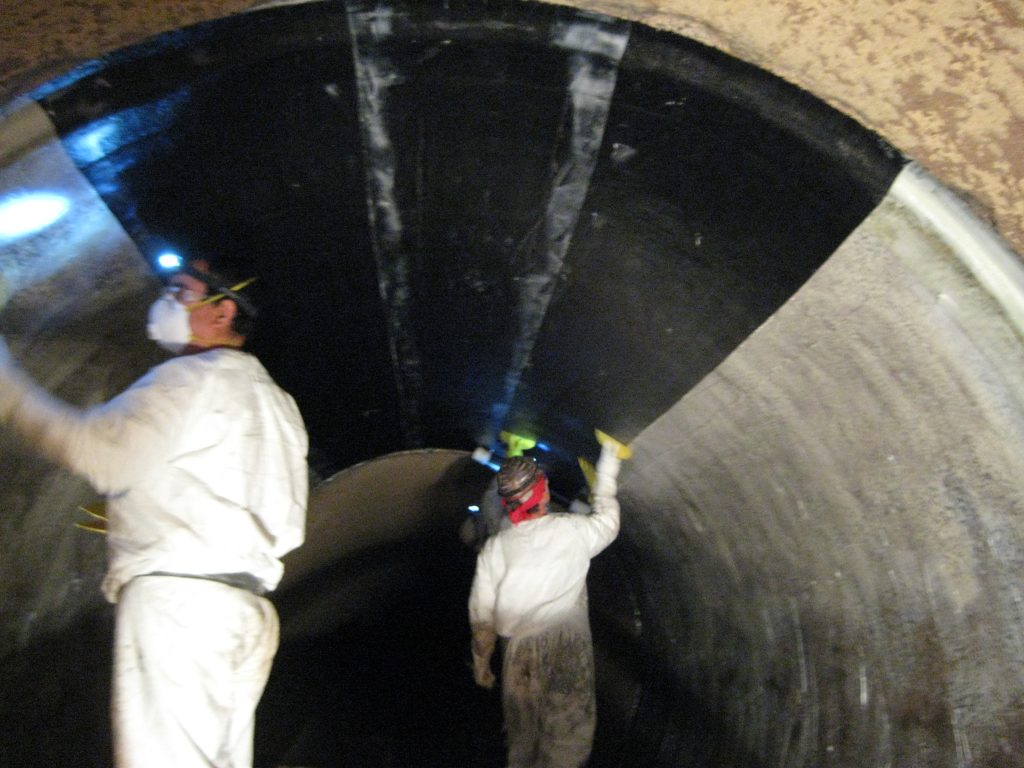Evolution of the CFRP Repair of Pipelines—The Road to a Well-Established Technology

As with any technology, internal repair of pipelines using carbon fiber reinforced polymer (CFRP) composites has evolved since its first use in the United States in late 1990s, and the current state of the art in design, installation, and quality assurance reflects experiences gained in many projects in the last two decades and the results of extensive research sponsored by Water Research Foundation, several utilities and manufacturers during preparation of the AWWA Standard for CFRP Renewal and Strengthening of PCCP. Changes in practice over the years included development of a load and resistance factor design procedure (LRFD) that accounts for durability and sustained load effects, consideration of design limit states related to strength and stability of CFRP liner as the host pipe continues to degrade, optimization of design layups, improvements in termination details, development of a new watertightness test and acceptance criteria, characterization of curing characteristics, bonding understanding of CFRP bond strength on different substrates, and improvements in quality control and quality assurance procedures. This paper presents the advances throughout the evolution of this repair method and summarizes the current state of the art. It also discusses the expected performance of previously installed CFRP liners that may not satisfy all of the current requirements of the AWWA Standard, and describes potential remediation methods. With the AWWA Standard now nearly complete, the users of this repair method should have the assurance that they are not using an experimental repair of unknown performance, but a well-researched one with negligible likelihood of a major surprise when the repair materials, design, and installation conform to the requirements of the AWWA standard.
Publisher
ASCE Pipelines Conferences 2016